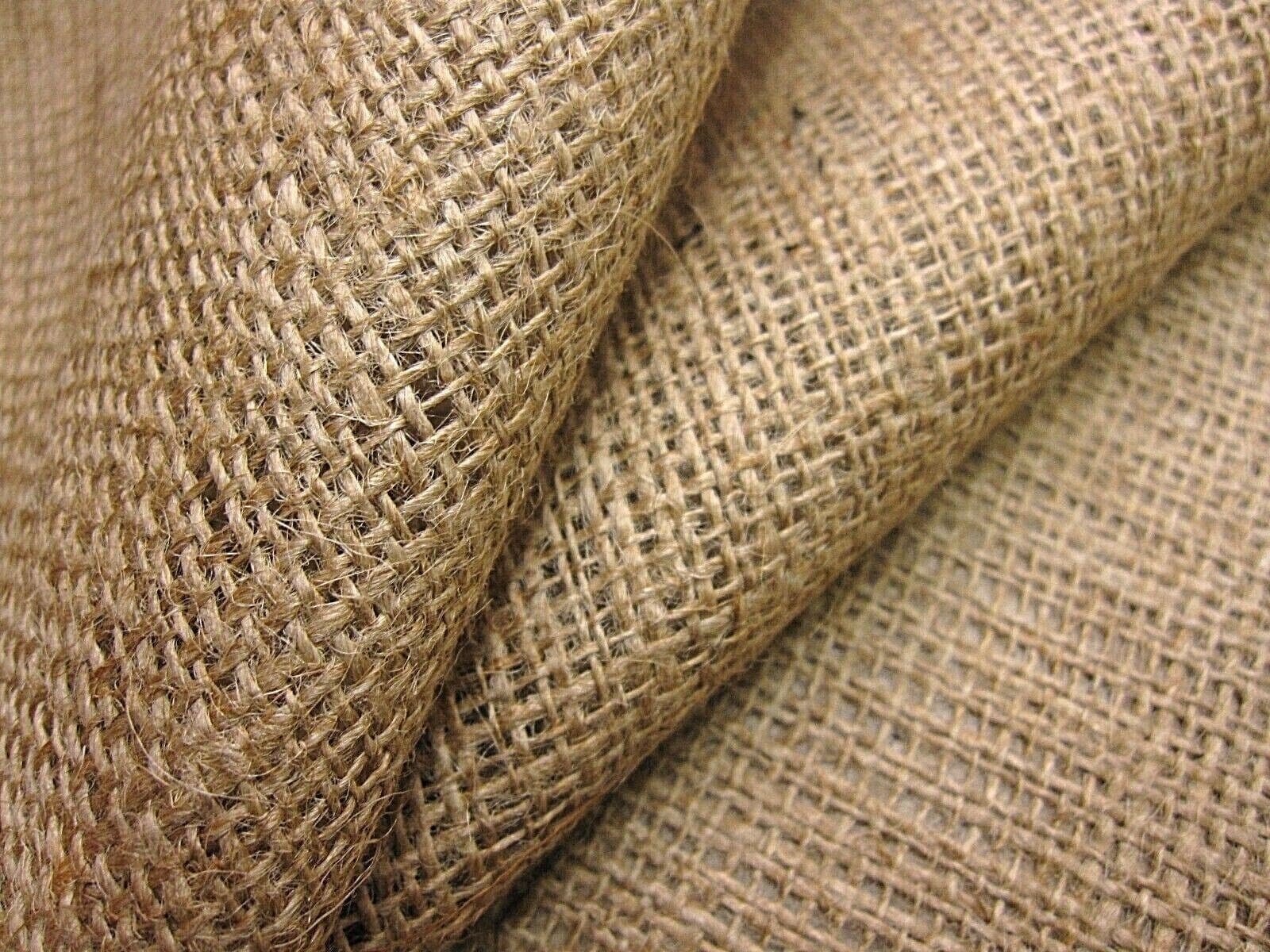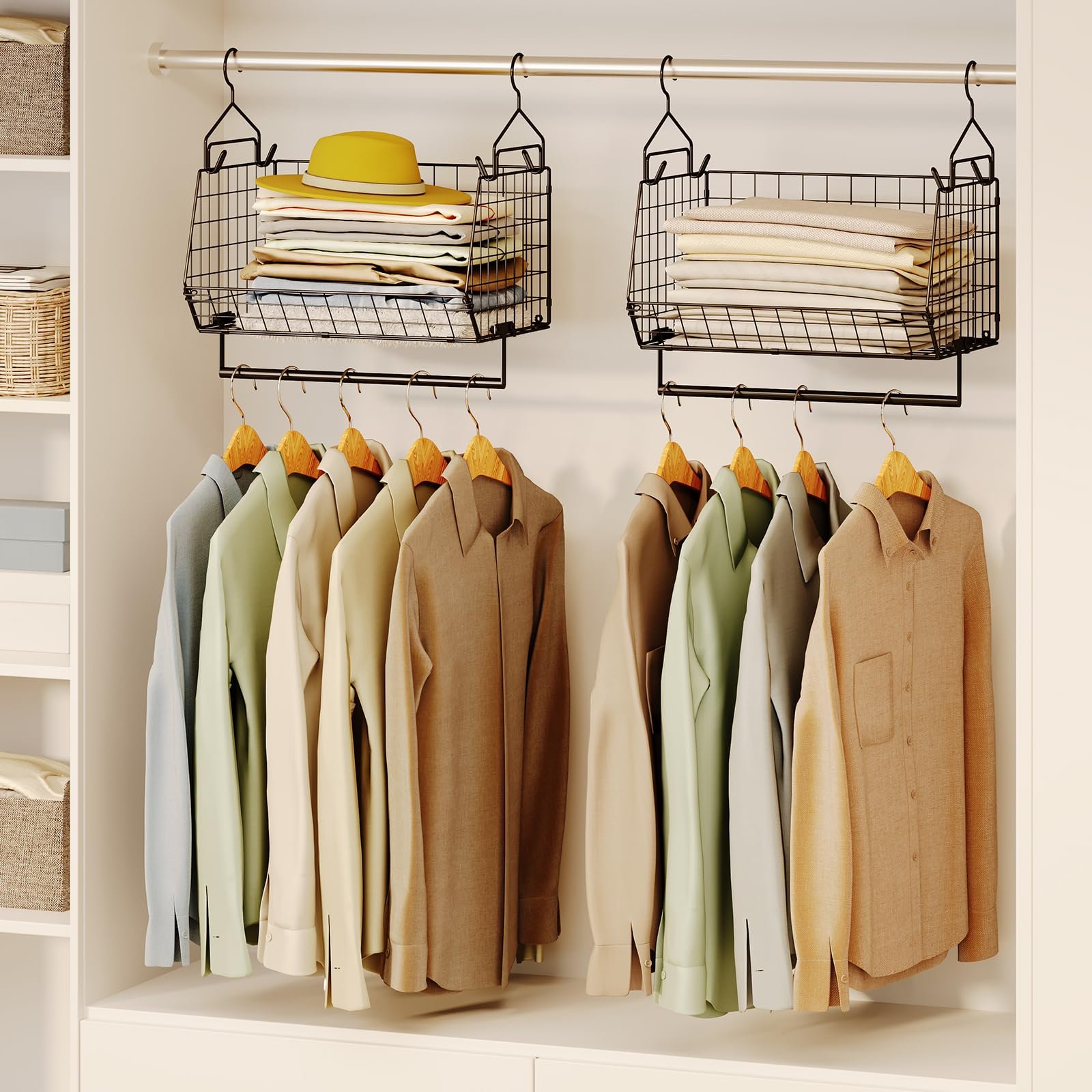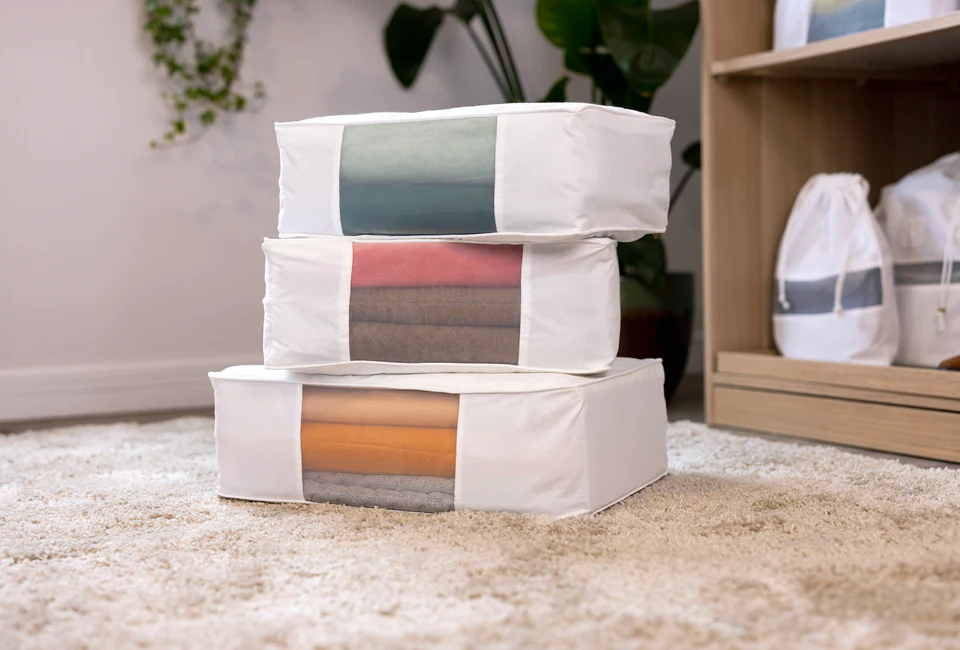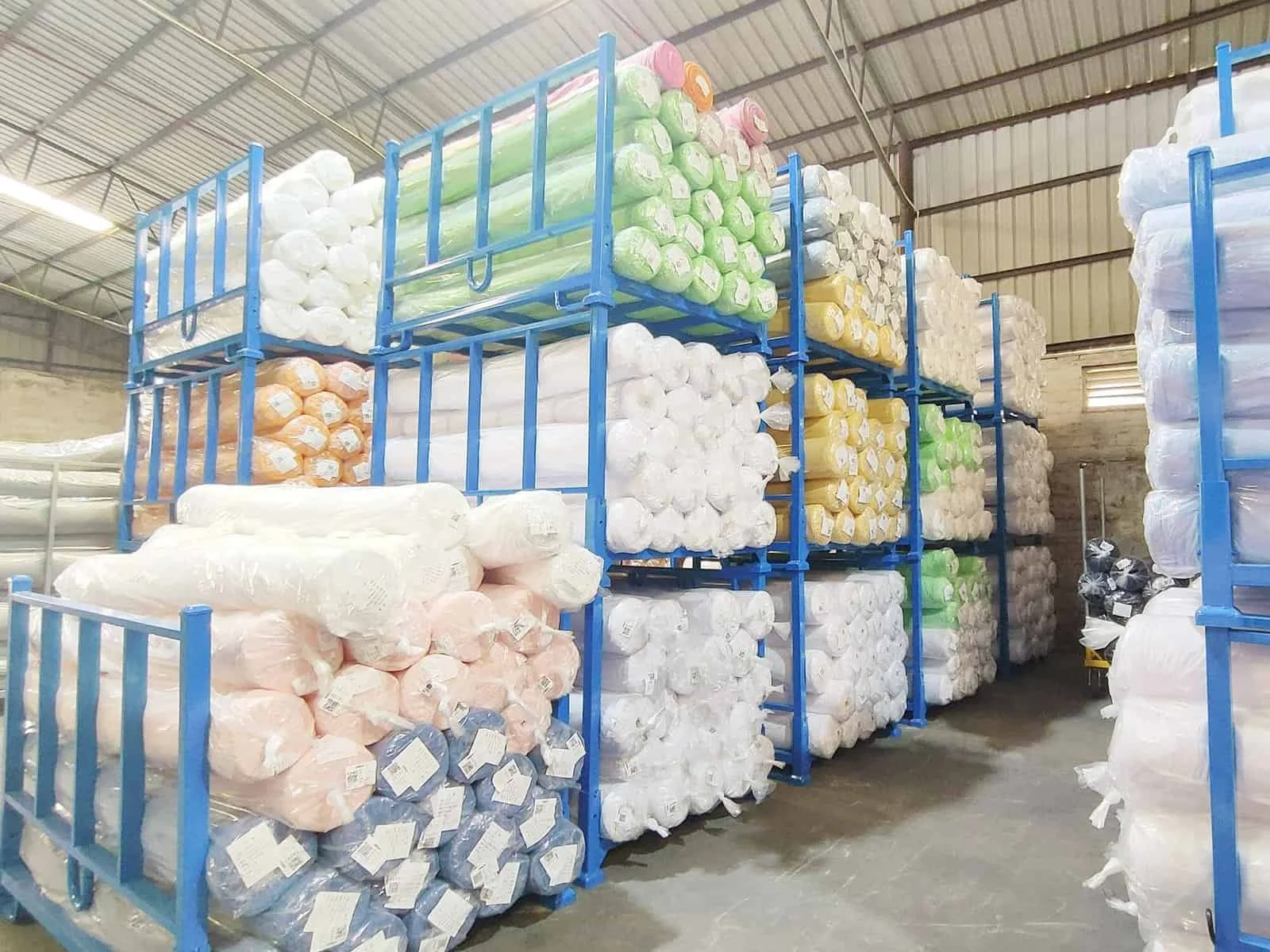Why You Need to Rethink How to Store Stuffed Animals
Stuffed animals are adorable, comforting, and often hold sentimental value—but they also multiply quickly and take up space fast. Whether you’re a parent trying to organize your child’s collection or a collector looking for display options, learning how to store stuffed animals properly is the key to a cleaner, cozier space.
This guide shares practical, creative, and space-saving ways to store plush toys—without stuffing them in bins or forgetting they exist.
Step 1: Declutter and Sort Before You Store
Before you organize, take stock of what you have. Go through the pile and:
Remove torn or broken toys
Donate plushies that are no longer played with
Sort by size, frequency of use, or owner (if sharing space)
Decluttering first ensures you’re storing only what truly matters—making the rest easier to manage.
Step 2: Use Vertical Storage to Save Floor Space
One of the best ways to store stuffed animals is by going upward, not outward. Try these vertical storage solutions:
Hanging toy hammocks in corners
Over-the-door organizers with clear pockets
Wall-mounted baskets or bins
Tiered shelves or floating shelves for display-worthy plush toys
Vertical storage keeps the toys visible and accessible without cluttering your floors.
Step 3: Use Stuffed Animals as Decor
If you don’t want to hide them, use them as a decorative feature in your child’s room or nursery.
Ideas include:
Arranging them on a bed or reading nook bench
Displaying them in a cute storage chair or ottoman
Filling a wire basket or vintage crate for rustic charm
Rotating seasonal plushies for a fresh look
This way, your storage becomes part of your home’s personality—not just a necessity.

Step 4: Store Stuffed Animals Inside Furniture
Multi-functional furniture offers hidden storage space without adding clutter.
Best options:
Storage ottomans with a lid
Toy storage benches
Under-bed drawers or boxes
Bedside tables with storage baskets
These solutions are perfect for small spaces where every inch matters.
Step 5: Try Stuffed Animal Storage Bean Bags
These bean bag-style storage covers are soft, zippered, and designed to be filled with plush toys. The result? A comfy chair and hidden toy storage in one.
Why it works:
Kids love sitting on it
It keeps toys tidy without throwing them away
It’s easy to zip/unzip for toy access
They come in fun colors and patterns that blend seamlessly with kids’ decor.
Step 6: Label and Rotate to Avoid Overwhelm
For large collections, label storage bins or baskets to group animals by type or owner. Consider rotating toys every few months to keep things fresh and avoid over-accessing storage zones.
This method keeps storage intentional—not just a dumping ground.
Step 7: Involve Kids in the Storage Routine
If the goal is long-term tidiness, involve children in the system:
Use clear bins so they can see their favorites
Add picture or color-coded labels
Keep lower storage within their reach
Turn cleanup into a fun daily routine
Teaching kids how to store stuffed animals empowers them to care for their space—and their toys.

FAQ: How to Store Stuffed Animals at Home
Q: What’s the best way to store stuffed animals in a small room?
Use vertical space—try hanging hammocks, over-the-door organizers, or wall bins. Also consider under-bed storage or a bean bag chair designed for toys.
Q: How do I keep stuffed animals dust-free?
Store them in sealed containers or zip-up storage bags if not used frequently. Regularly vacuum or lint-roll those on display.
Q: Can stuffed animals be stored in the attic or basement?
Only if sealed in airtight, moisture-proof containers. Avoid exposure to humidity, which can damage the fabric or stuffing.
Q: What’s a fun storage idea for kids?
Stuffed animal bean bags double as playful furniture and hidden storage—perfect for making cleanup fun.
Final Thoughts: Storage That’s Cute and Clutter-Free
Knowing how to store stuffed animals is more than just an organizational hack—it’s about preserving memories, maintaining tidiness, and making the most of your space.
With the right system in place, you’ll keep floors clear, kids happy, and your home looking its best.




